How to Use Comparison test for Convergence
The Comparison Test is a fundamental method for determining the convergence or divergence of an infinite series. It involves comparing the terms of the given series with the terms of another series that has known convergence behavior. If the terms of the series are smaller than or equal to the terms of a convergent series, then the series converges. Similarly, if the terms are greater than or equal to a divergent series, then the series diverges. This test is particularly useful when direct evaluation of the series is difficult.
[include_netrun_products_block from-products="product/6-south-carolina-sc-ready-grade-3-math-practice-tests/" product-list-class="bundle-products float-left" product-item-class="float-left" product-item-image-container-class="p-0 float-left" product-item-image-container-size="col-2" product-item-image-container-custom-style="" product-item-container-size="" product-item-add-to-cart-class="btn-accent btn-purchase-ajax" product-item-button-custom-url="{url}/?ajax-add-to-cart={id}" product-item-button-custom-url-if-not-salable="{productUrl} product-item-container-class="" product-item-element-order="image,title,purchase,price" product-item-title-size="" product-item-title-wrapper-size="col-10" product-item-title-tag="h3" product-item-title-class="mt-0" product-item-title-wrapper-class="float-left pr-0" product-item-price-size="" product-item-purchase-size="" product-item-purchase-wrapper-size="" product-item-price-wrapper-class="pr-0 float-left" product-item-price-wrapper-size="col-10" product-item-read-more-text="" product-item-add-to-cart-text="" product-item-add-to-cart-custom-attribute="title='Purchase this book with single click'" product-item-thumbnail-size="290-380" show-details="false" show-excerpt="false" paginate="false" lazy-load="true"] [include_netrun_products_block from-products="product/6-south-carolina-sc-ready-grade-3-math-practice-tests/" product-list-class="bundle-products float-left" product-item-class="float-left" product-item-image-container-class="p-0 float-left" product-item-image-container-size="col-2" product-item-image-container-custom-style="" product-item-container-size="" product-item-add-to-cart-class="btn-accent btn-purchase-ajax" product-item-button-custom-url="{url}/?ajax-add-to-cart={id}" product-item-button-custom-url-if-not-salable="{productUrl} product-item-container-class="" product-item-element-order="image,title,purchase,price" product-item-title-size="" product-item-title-wrapper-size="col-10" product-item-title-tag="h3" product-item-title-class="mt-0" product-item-title-wrapper-class="float-left pr-0" product-item-price-size="" product-item-purchase-size="" product-item-purchase-wrapper-size="" product-item-price-wrapper-class="pr-0 float-left" product-item-price-wrapper-size="col-10" product-item-read-more-text="" product-item-add-to-cart-text="" product-item-add-to-cart-custom-attribute="title='Purchase this book with single click'" product-item-thumbnail-size="290-380" show-details="false" show-excerpt="false" paginate="false" lazy-load="true"]

The Comparison Test is a method used to determine the convergence or divergence of an infinite series by comparing it with another series whose convergence properties are known. For a given series \(\sum a_n\), the test compares it to another series \(\sum b_n\), where \(b_n\) has simpler terms, making it easier to analyze. Check out online math resources for more practice.
The test works as follows: For additional educational resources, visit the U.S. Department of Education website.
- If \(0≤an≤bn\) for all \(n\) large enough and \(\sum b_n\) converges, then \(\sum a_n\) also converges.
- If \(an≥bn\) and \(\sum b_n\) diverges, then \(\sum a_n\) also diverges.
This test is helpful when it’s difficult to directly assess the convergence of the original series. By finding a suitable comparison series that converges or diverges, you can quickly conclude the behavior of the given series. The Comparison Test is particularly useful for series involving polynomial, exponential, or logarithmic functions. For additional educational resources, visit the U.S. Department of Education website.
Here are two examples demonstrating the Comparison Test:
1. Converging Series Example:
Series: \(\sum_{n=1}^{\infty} \frac{2}{n^3 + 1}\)
Comparison Series: \(\sum_{n=1}^{\infty} \frac{1}{n^3}\)
- The terms \(\frac{2}{n^3 + 1}\) are smaller than \(\frac{2}{n^3}\) for all \(n \geq 1\), and we know that \(\sum \frac{1}{n^3}\) converges (since it’s a p-series with \(p = 3\)).
- By the Comparison Test, since the comparison series converges, the original series also converges.
2. Diverging Series Example:
Series: \(\sum_{n=1}^{\infty} \frac{1}{n \ln(n)}\)
Comparison Series: \(\sum_{n=1}^{\infty} \frac{1}{n}\)
- The series \(\frac{1}{n \ln(n)}\) is larger than \(\frac{1}{n^2}\) for large \(n\), and we know that the harmonic series \(\sum \frac{1}{n}\) diverges.
- By the Comparison Test, since the comparison series diverges, the original series diverges as well.
Related to This Article
More math articles
- Balancing Probabilities: A Comprehensive Guide to the Expected Value of Random Variables
- Unlock Your Potential: “HiSET Math for Beginners” Comprehensive Guide
- Can you Teach in California without a Credential?
- 6th Grade PSSA Math Worksheets: FREE & Printable
- How to Unlock the Secrets of Algebra 1: Mastering the Basics with the ‘Grade 9 Algebra 1 for Beginners’ Comprehensive Solution Guide
- Meet the Key Reasons to Start Learning Math Now
- How to Find Angles as Fractions of a Circle
- How to Translate Phrases into an Algebraic Statement? (+FREE Worksheet!)
- Top Tablets for Online Math Teaching
- GRE Math Worksheets: FREE & Printable – Your Ultimate Preparation Tool!







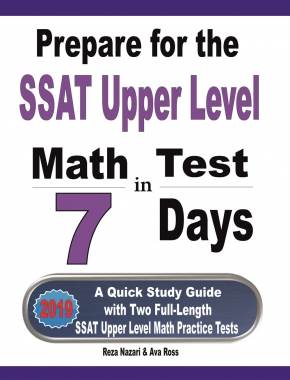

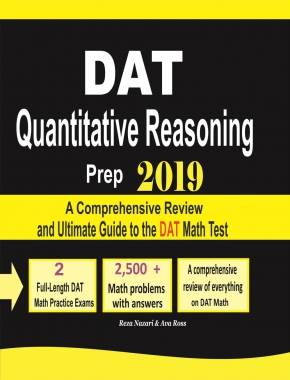
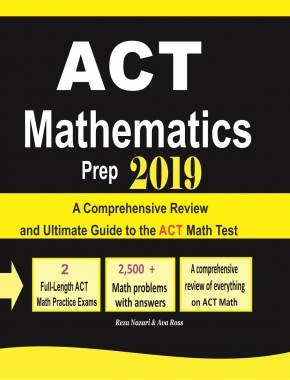
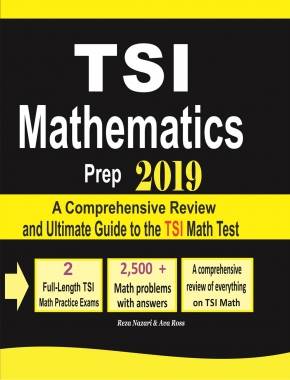
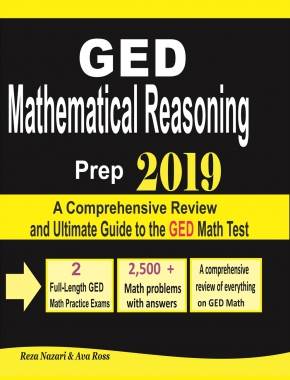
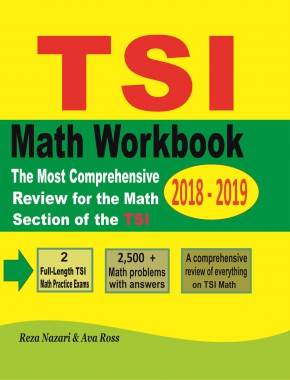
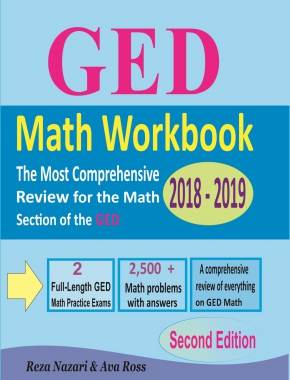





















What people say about "How to Use Comparison test for Convergence - Effortless Math: We Help Students Learn to LOVE Mathematics"?
No one replied yet.